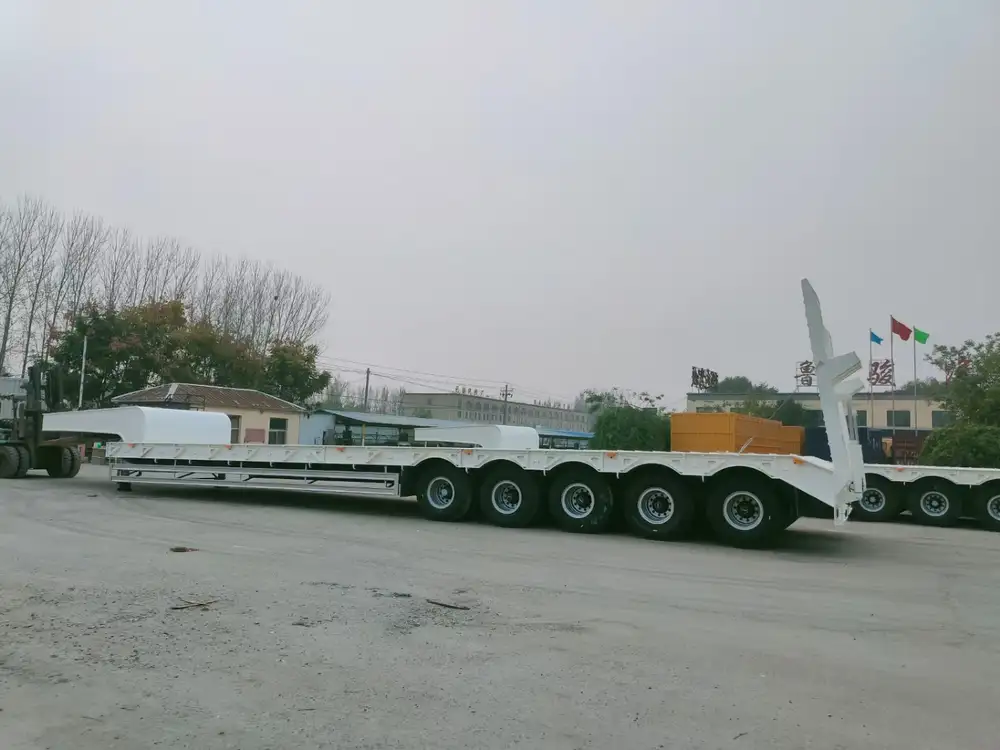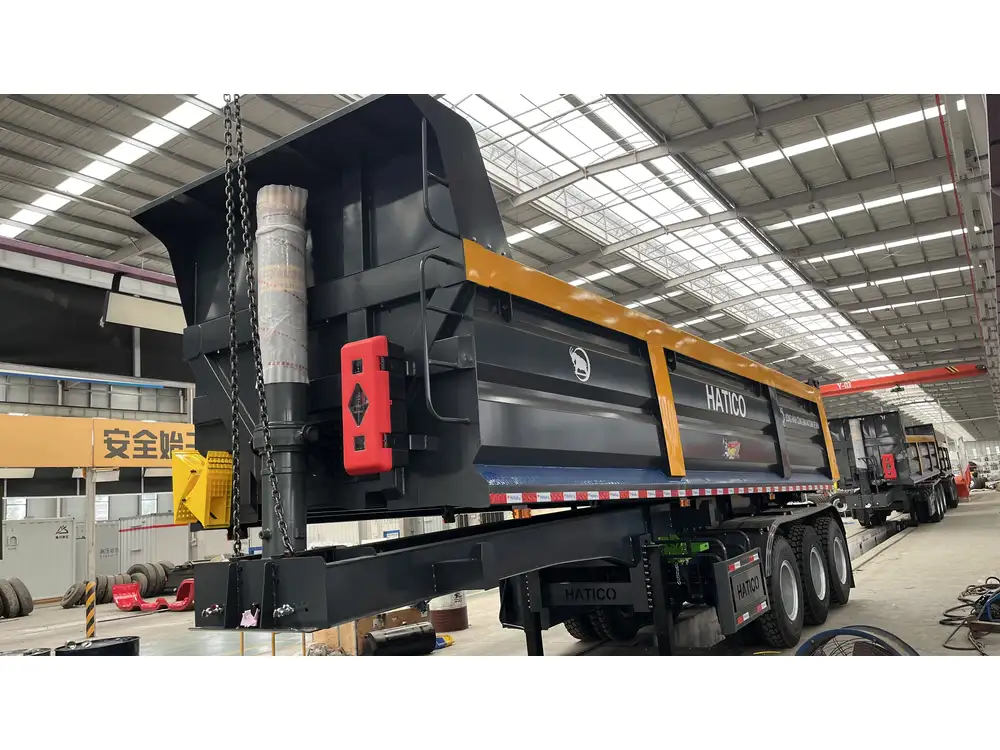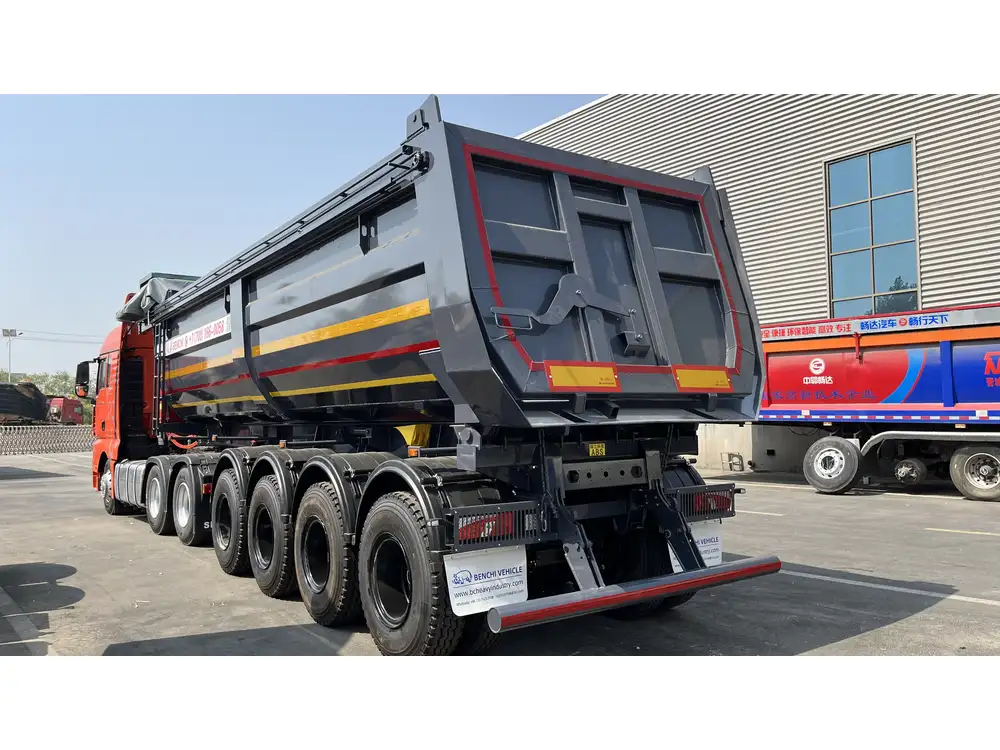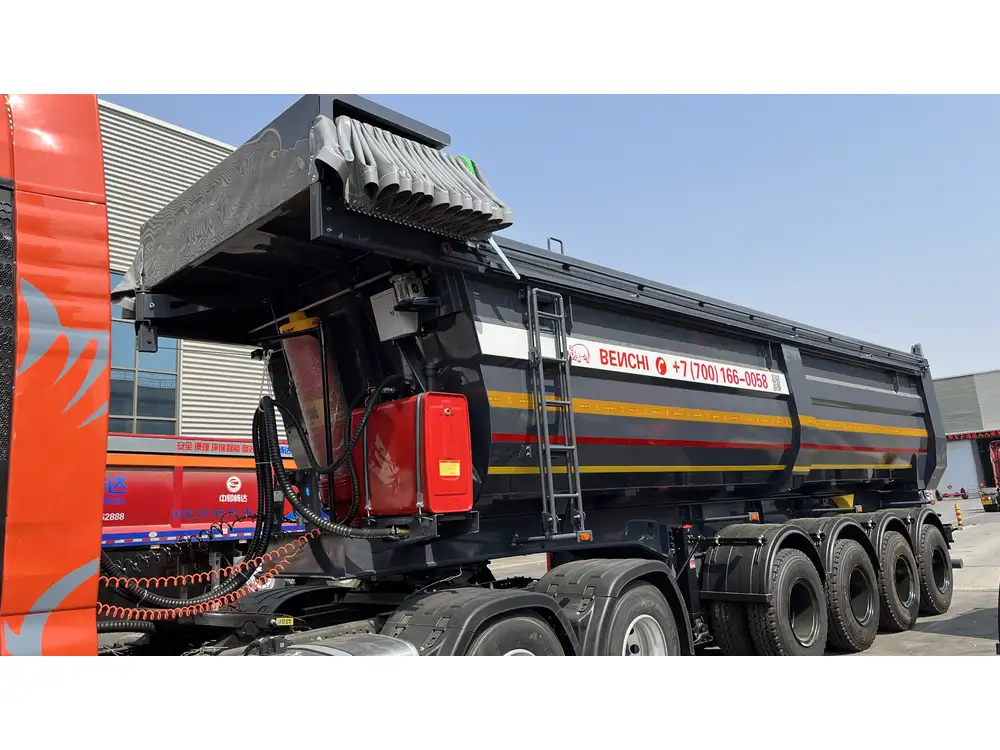Owning a travel trailer signifies a gateway to adventure, offering the freedom to explore remote landscapes while enjoying the comforts of home. In this expansive guide, we delve into the concept of self-containment specifically through battery power. Understanding how you can utilize batteries to self-contain your travel trailer can significantly enhance your off-grid camping experiences.
Understanding Self-Containment in Travel Trailers
Self-containment is a term that often refers to the ability of a travel trailer to function independently, without reliance on external services such as electricity, water, or sewer systems. To achieve this level of independence, most systems operate on integrated battery-powered energy. Here’s a closer look at what is involved in self-containment:
Key Components of a Self-Contained Travel Trailer
- Power Supply: Batteries serve as the primary power source in self-contained systems. Common configurations utilize deep-cycle batteries or lithium-ion batteries, each having distinct advantages and disadvantages.
- Water Tanks: Freshwater and wastewater tanks need to be sturdy and adequately sized to hold enough water for daily use.
- Heating Systems: Propane or electric heat options require planning for on-board energy sources.
- Waste Management: Installing a holding tank or composting toilet can help manage waste without the need for external facilities.

Battery Types for Self-Containment
When it comes to powering your travel trailer, various battery types can be employed. Here’s a breakdown:
| Battery Type | Advantages | Disadvantages |
|---|---|---|
| Lead-Acid | Cost-effective, widely available | Heavier, shorter lifespan (around 5 years) |
| AGM (Absorbed Glass Mat) | Sealed, less maintenance, safer | Heavier, more expensive than lead-acid |
| Lithium-Ion | Longer lifespan (up to 10 years), lightweight, fast charging | Higher initial cost, may require special charger |
| Gel | Resistant to vibrations, lower self-discharge | More sensitive to charging and discharging conditions |
Sizing Your Battery Bank
Determining your energy needs boils down to understanding both your power requirements and usage patterns. A well-planned battery bank is crucial for ensuring you never find yourself without power.
Estimating Energy Consumption
List Appliances: Write down all the appliances you plan to use in your travel trailer, including lights, fridge, heater, and electronics. For each, note the wattage.
Calculate Daily Use: Multiply the wattage of each appliance by the number of hours you’ll use them daily. For example:
- LED Lights (10W) × 5 hours = 50 Wh
- Refrigerator (50W) × 24 hours = 1200 Wh
Total Consumption: Sum your daily usage:
- Total Daily Consumption = 50 Wh + 1200 Wh = 1250 Wh

Determining Battery Capacity
To find the necessary battery capacity:
Calculate Amp Hours (Ah): Batteries are rated in amp hours. The formula is: [ \text{Total Wh} \div \text{Battery Voltage} = \text{Total Ah Needed} ] For example, if operating on a 12V system:
- 1250 Wh ÷ 12V = approximately 104 Ah
Battery Selection: Considering that discharging batteries to 50% is a good practice for longevity, double the Ah calculation to determine the capacity needed. In this case:
- 104 Ah × 2 = 208 Ah capacity required.
Considering this, you might opt for a couple of 100 Ah deep-cycle batteries or a single high-capacity lithium battery.
Charging Options for Your Battery System
An essential part of maintaining a self-contained travel trailer is ensuring your batteries remain charged. Various methods can be utilized:
1. Solar Charging Systems
Solar panels are an excellent renewable energy source. The efficiency of this system depends on:
- Panel Size and Type: Standard panels are often between 100W to 300W.
- Sunlight Exposure: The location and time of year can significantly impact solar energy collection.

2. Generator
A backup generator can be invaluable during prolonged periods without sunlight. Here are key factors to consider:
| Feature | Solar Panels | Generators |
|---|---|---|
| Noise Level | Silent operation | Noisy under operation |
| Fuel Type | Solar energy | Gasoline or propane |
| Maintenance | Minimal | Regular checks needed |
| Cost | Initial investment in panels | Variable based on usage |
3. Alternator Charging
Using your tow vehicle can provide a current to charge your battery bank while driving. This is an excellent supplement for those longer trips.
4. Shore Power Connection
When at campsites, utilizing shore power can provide a direct line for charging batteries without depreciation.

Managing Power Wisely in Your Travel Trailer
Understanding how to manage your power intelligently not only prolongs battery life but also enhances your camping experience. Some practical tips include:
Energy Efficiency Tips:
- LED Lights: Replace incandescent bulbs with LEDs, which consume significantly less power.
- Cooling Options: Use a cooler in addition to your refrigerator to reduce electrical load.
- Timers and Sensors: Install timers or motion sensors for lights to avoid using power unnecessarily.
Monitoring Battery Levels
Investing in a battery monitor can help you keep track of your energy consumption effectively. These devices provide real-time data on:
- Charge Level: Helps in understanding when to recharge.
- Voltage Readings: Necessary for maintaining battery health.

Troubleshooting Common Battery Issues
Self-contained systems can experience issues, particularly concerning battery management. Here are some common problems and solutions:
| Issue | Symptoms | Solution |
|---|---|---|
| Overcharging | Batteries overheating, swelling | Use a regulator or controller for charging |
| Undercharging | Insufficient capacity for use | Assess charging setup, consider solar panels |
| Short Lifespan | Frequent replacements | Ensure proper usage practices and voltage |
Battery Maintenance Best Practices
Regular maintenance of your battery bank will enhance longevity. Here are some practices to uphold:
- Regular Check-Ups: Inspect for corrosion at terminals, check water levels (for lead-acid), and ensure cleanliness.
- Proper Storage: For off-seasons, store batteries in cool, dry places to avoid degradation.
Conclusion: Embracing Self-Containment with Battery Power
Embracing a self-contained travel trailer utilizing batteries promises a wealth of experiences without the constraints of traditional camping setups. From enhancing your power management to understanding battery specifications and maintenance, empowered decisions allow you to embark on adventures confidently.
Equipped with this comprehensive knowledge, every trip transforms into an exploration, unhindered by power or water woes. Emphasizing sustainable practices not only benefits individual travelers but contributes positively to the environment, promoting a deeper connection to the natural world that surrounds us. Ensure that each journey becomes a memorable tapestry of experiences, forged by the autonomy and freedom afforded by self-sufficient travel trailers powered by batteries.
By focusing on innovation and sustainability, we create the landscapes we navigate, transforming the essence of each adventure into a collective journey for all.



